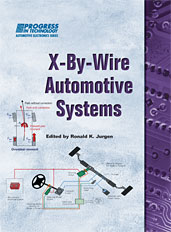Technical Paper
“SHIFT-MATE” A Fuel Efficiency Monitor
1985-12-01
852340
The SHIFT-MATE is a dashboard mounted computer based device that cues a truck driver to shift more efficiently. Through electronic circuitry, key vehicle parameters are monitored, computed, then via graphic display, instructs the driver when to shift for improved fuel economy. The theory of operation is described in the text.

